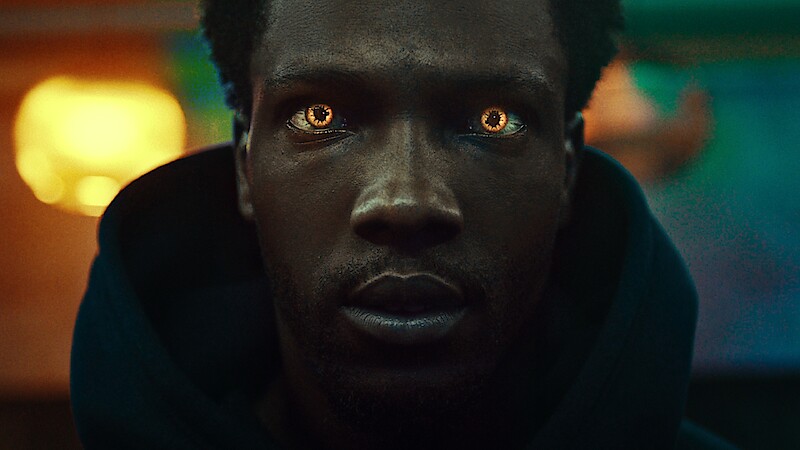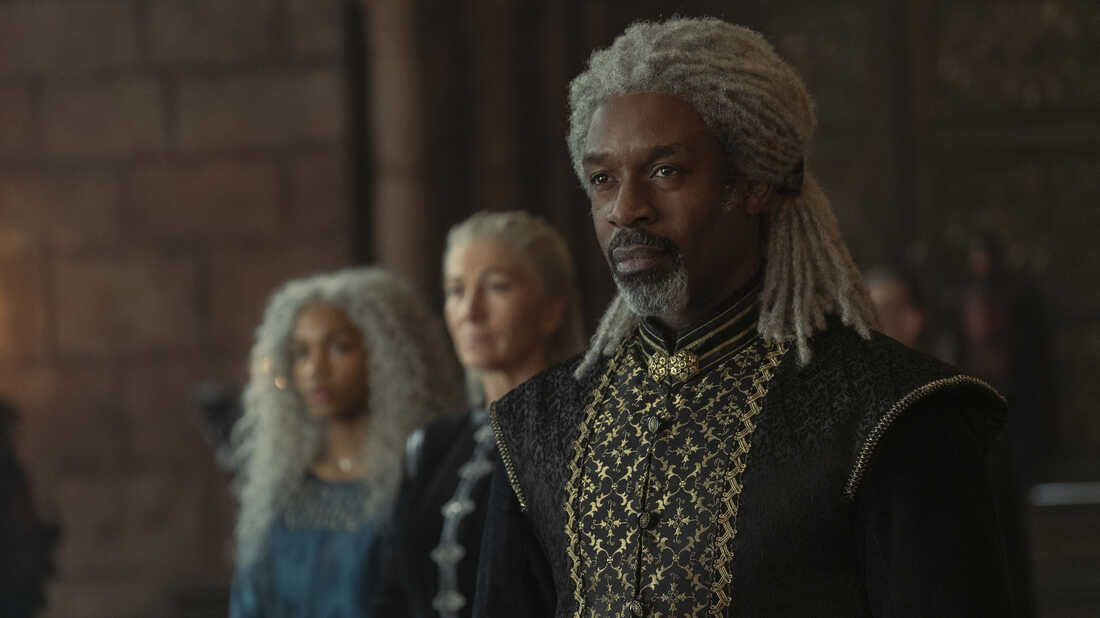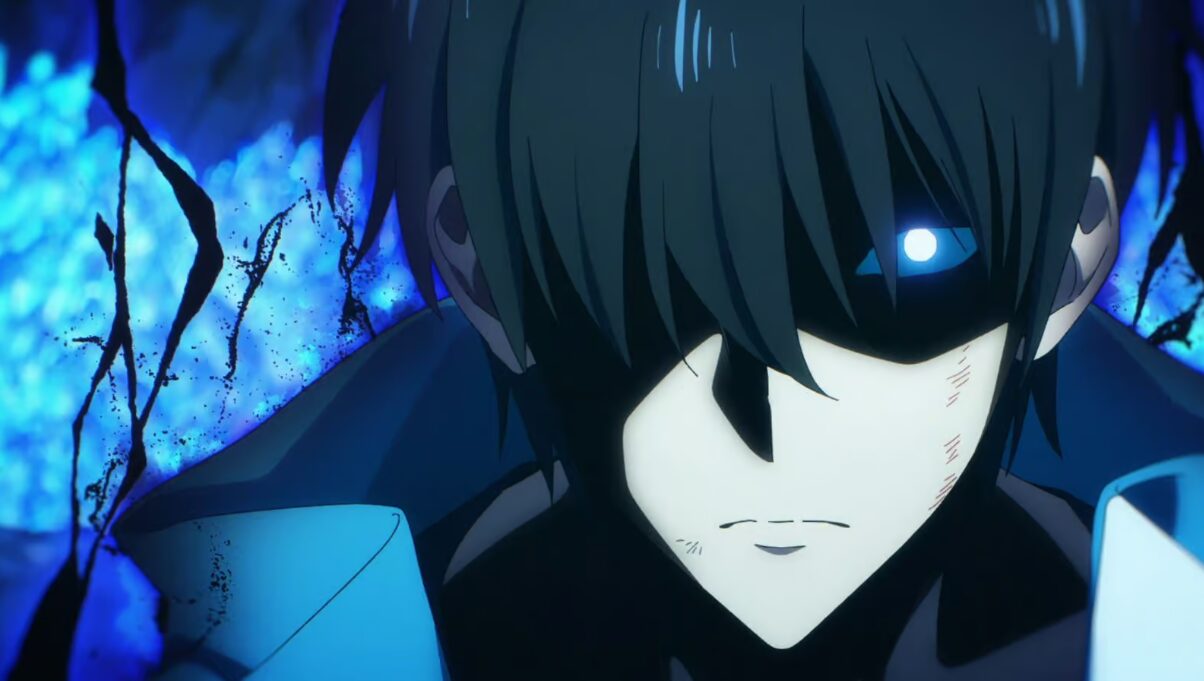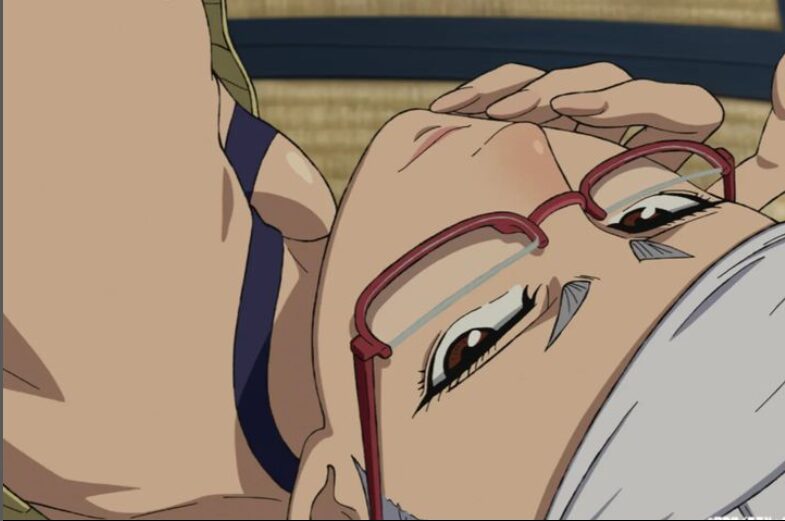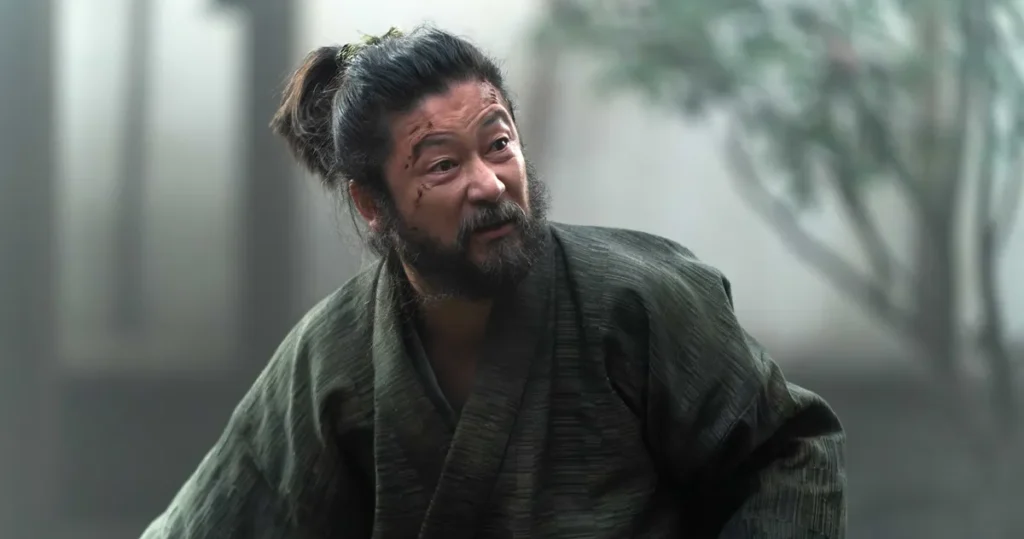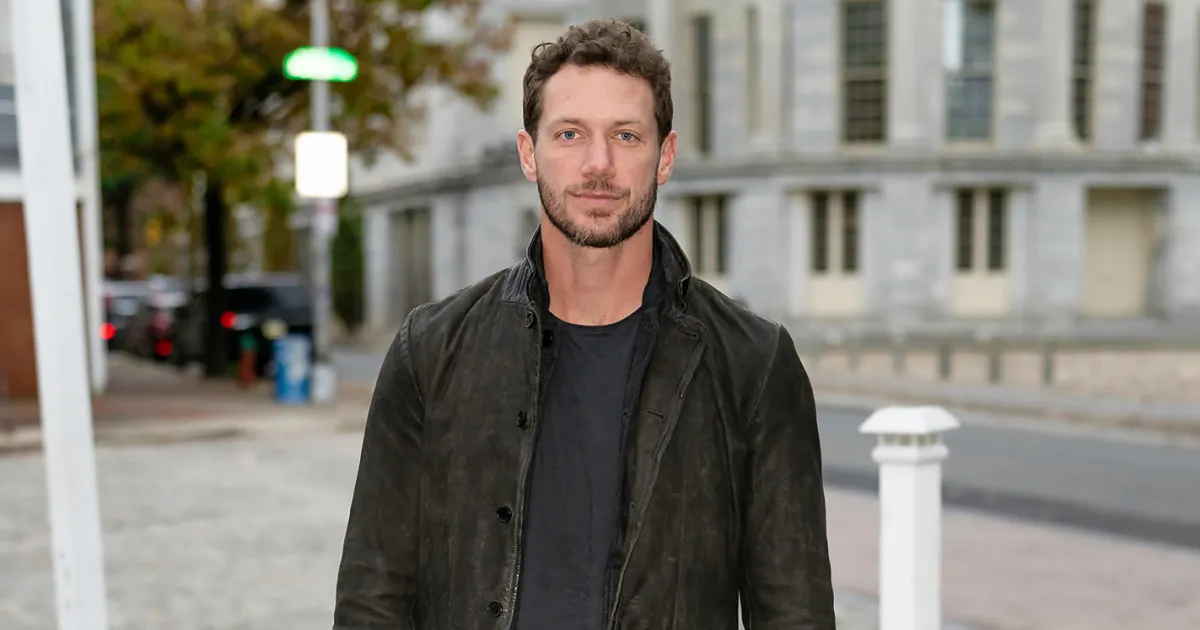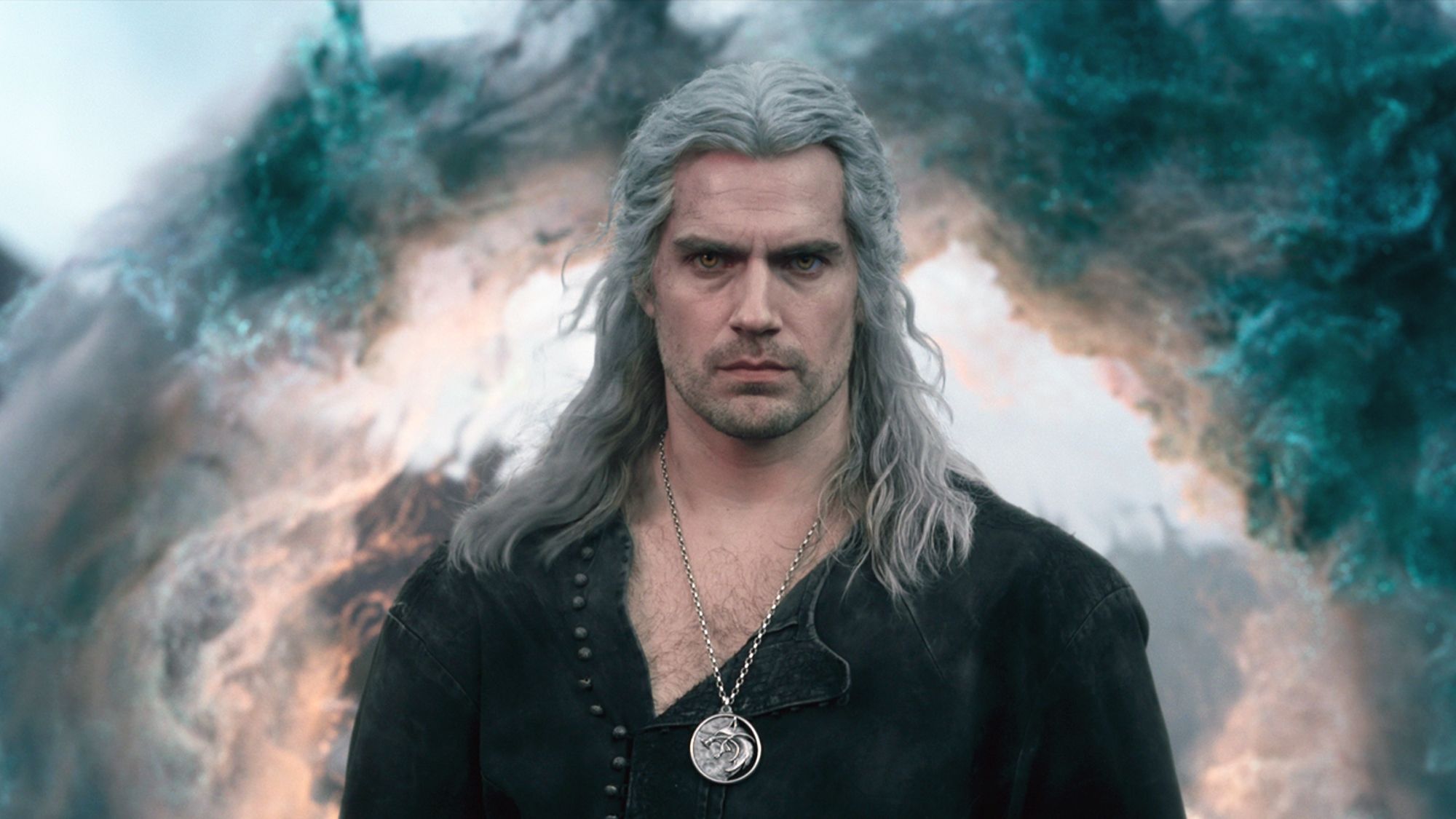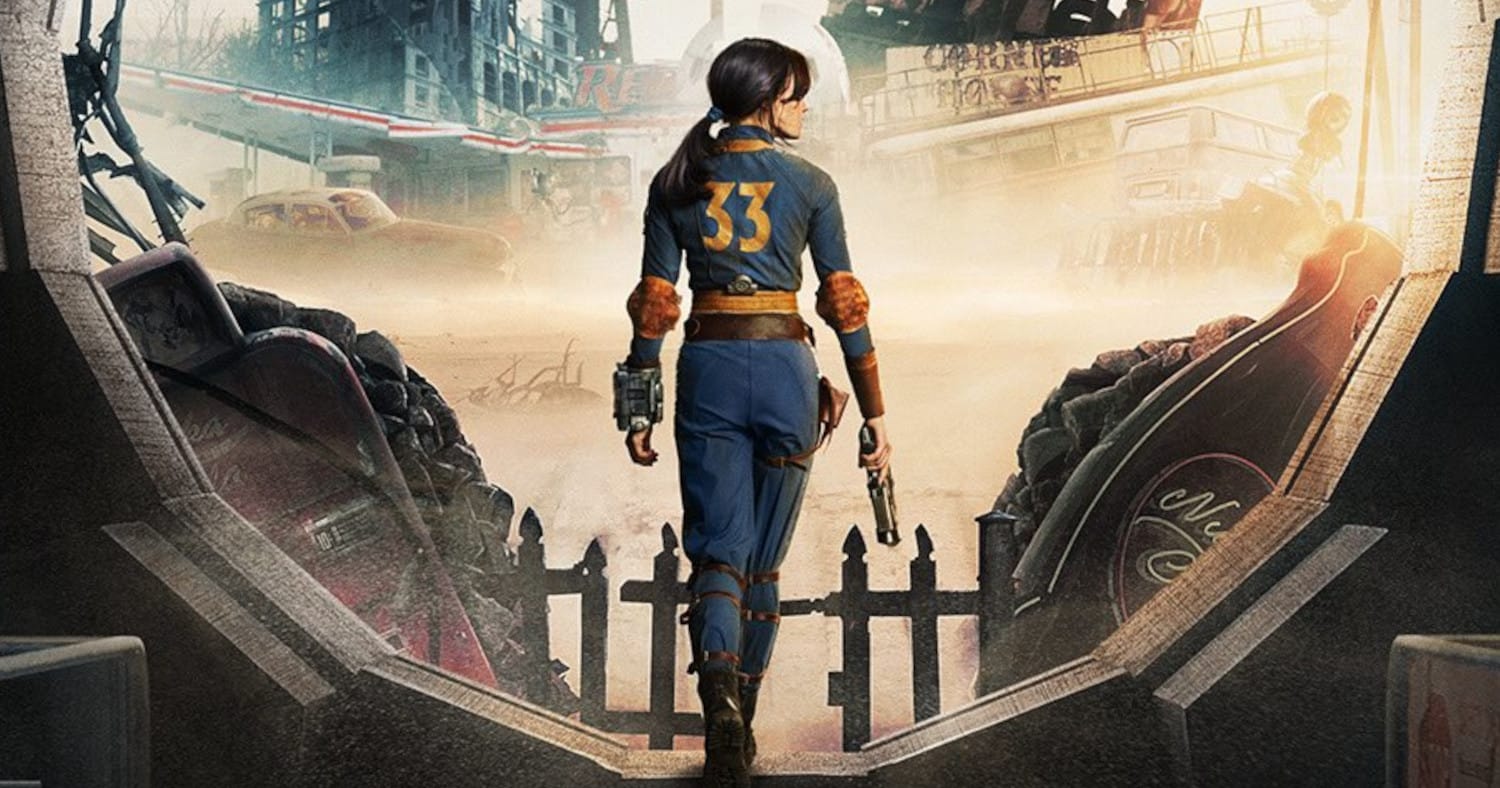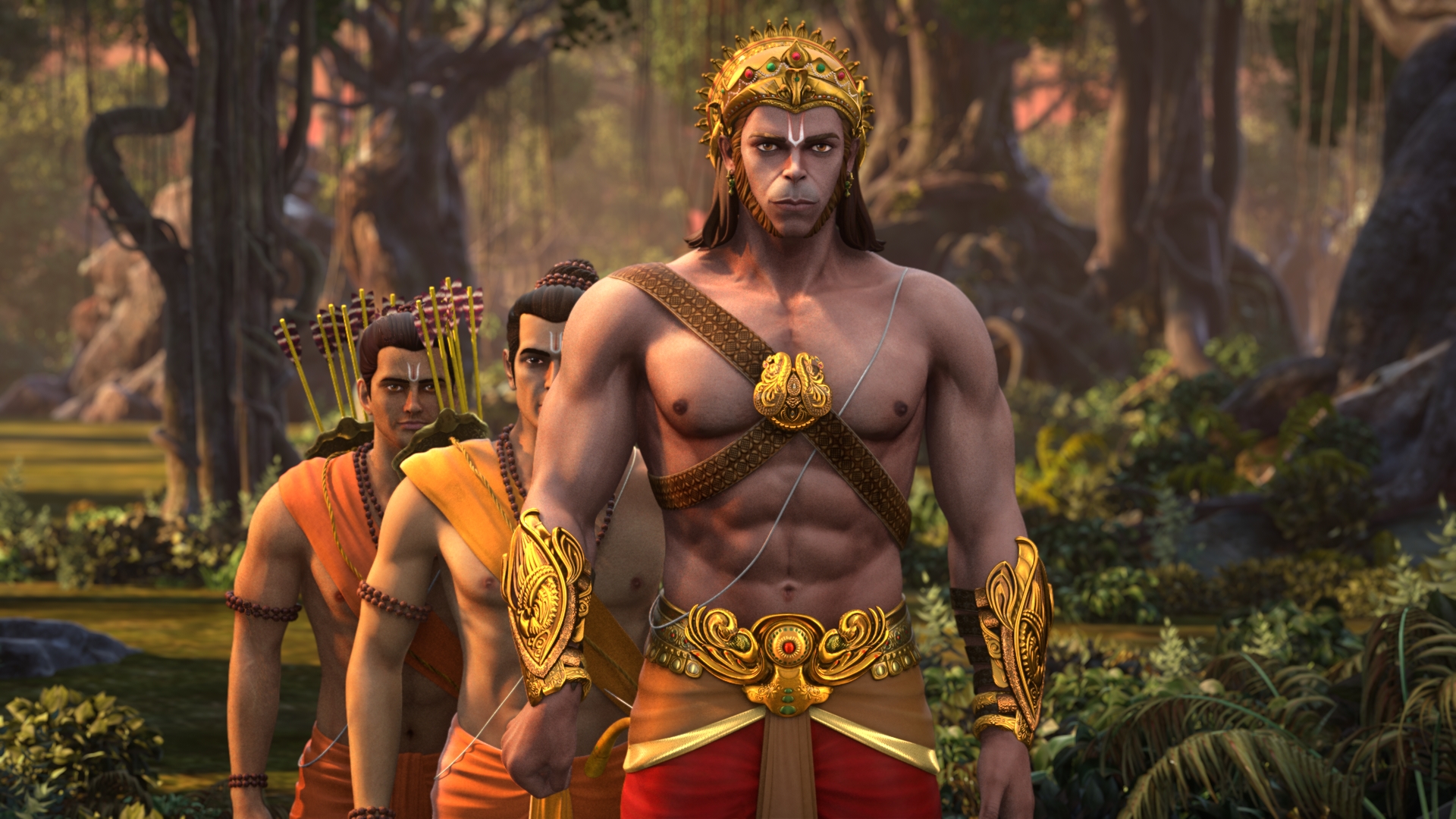Shōgun Finale Explained: FX’s adaptation of James Clavell’s novel Shōgun‘ wrapped up its 10-episode season on Wednesday night, leaving viewers with a remarkable experience. Despite being the fourth adaptation of the book, including a Tony-nominated but ultimately unsuccessful musical in 1990, this rendition felt remarkably fresh. Set in a world primarily depicted through Japanese dialogue, Shōgun stands out for its quiet yet powerful conclusion.
Throughout the season, Shōgun maintains a simmering tension beneath its calm surface, occasionally erupting into bursts of action. Unlike many shows filled with blood and gore, the violence here can be as simple as a conversation, with death striking suddenly and silently. As the palace intrigue intensifies, the series masterfully builds suspense around Lord Yoshii Toranaga’s quest for power.
Given the constant references to impending war and the build-up to a potential battle, it’s understandable that viewers might expect a grand, explosive finale. Even with prior knowledge of the book, we found ourselves anticipating such a climax. Yet, Shōgun surprises by opting for a more subdued ending.
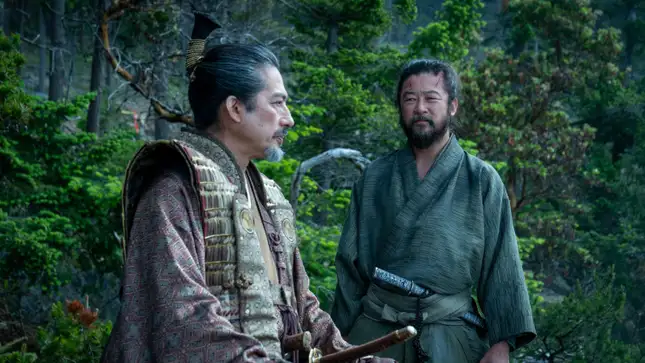
Manhunt Ending Explained! A Closer Look at the Ending of Thrilling Saga!
The final episode briefly showcases a battle, offering a glimpse of the pivotal Battle of Sekigahara. This historical event marked Tokugawa Ieyasu’s victory over Ishida Mitsunari, setting the stage for the Tokugawa Shōgunate. While we see CGI soldiers marching and Toranaga meeting his rival Lord Ishido, the focus remains on Toranaga’s vision for the future—a shift of power to Edo and the promise of peace under the Toranaga Shōgunate.
It’s a fitting yet unexpected choice. The series stays true to Clavell’s novel, which similarly concludes with the Battle of Sekigahara mentioned almost in passing. By incorporating this scene into Toranaga’s vision, Shōgun avoids relying on spectacle to conclude a story that thrives on its quiet intensity. Just as in a game of chess, where the outcome is clear without seeing the king fall, the series doesn’t need a bombastic ending to make its point.
This sense of stillness pervades Shōgun, even during its most dramatic moments. Each scene unfolds with purposeful pacing, contributing to the overall sense of thoughtful storytelling. A sudden burst of energy at the end would disrupt this rhythm and diminish the impact of the cast’s performances.
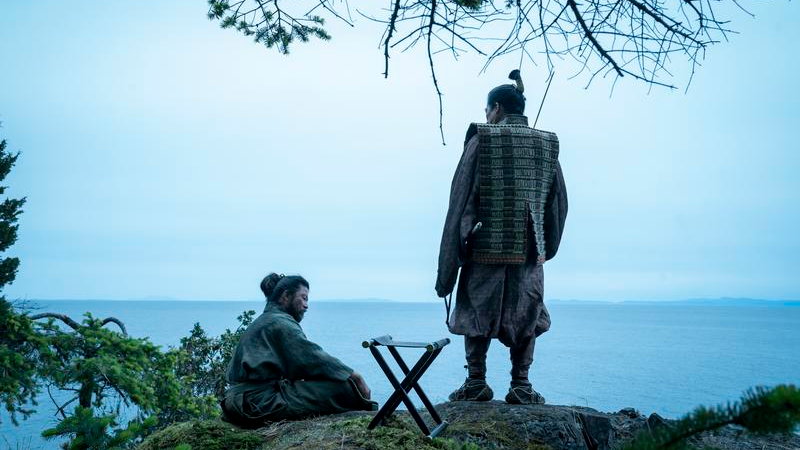
Destined With You Ending Explained: A Happy Ending At Last!
Leading this ensemble is Hiroyuki Sanada, whose portrayal of Toranaga is nothing short of masterful. Despite years of working in Western cinema, this marks Sanada’s first major leading role, and he commands the screen with quiet authority. His portrayal captures Toranaga’s evolution from a champion of peace to a ruthless yet brilliant strategist. The finale’s most powerful scene belongs to him, showcasing Sanada’s talent and the depth of Toranaga’s character.
While some may view Shōgun’s ending as telling rather than showing, a line from earlier in the series offers insight into its thematic structure. Toranaga’s assertion that a man has three hearts—a false one for the world to see, another for close friends and family, and a true one known only to himself—serves as a guiding principle. Throughout the series, we witness Toranaga’s facade give way to revealing his ambitions and desires, culminating in the final episode’s revelation of his true heart.
The concluding conversation between Toranaga and his lieutenant Yabushige is a poignant moment, symbolizing the culmination of Toranaga’s journey. It’s a testament to the series’ depth and complexity, emphasizing character development over spectacle. In a story where every move feels calculated, this scene serves as the ultimate revelation of Toranaga’s intentions.

My Eyes Deceive Me Ending Explained: A Good Ending!
Contrasting with this moment of clarity are the glimpses of grief and loss suffered by those caught in Toranaga’s web. Usami’s poignant scene burying her loved ones and Blackthorne’s efforts to salvage his ship serve as reminders of the human cost of Toranaga’s ambition. These moments underscore the series’ themes of power and sacrifice, grounding the narrative in emotional depth.
Shōgun’s ending may not appeal to everyone, but it’s a bold departure from conventional storytelling. By maintaining its quiet intensity to the very end, the series defies expectations and delivers a satisfying conclusion. In a landscape saturated with explosive finales and predictable plots, Shōgun stands out as a refreshing and thought-provoking experience. It’s a testament to the power of storytelling when executed with skill and nuance, leaving a lasting impact on viewers long after the credits roll.


